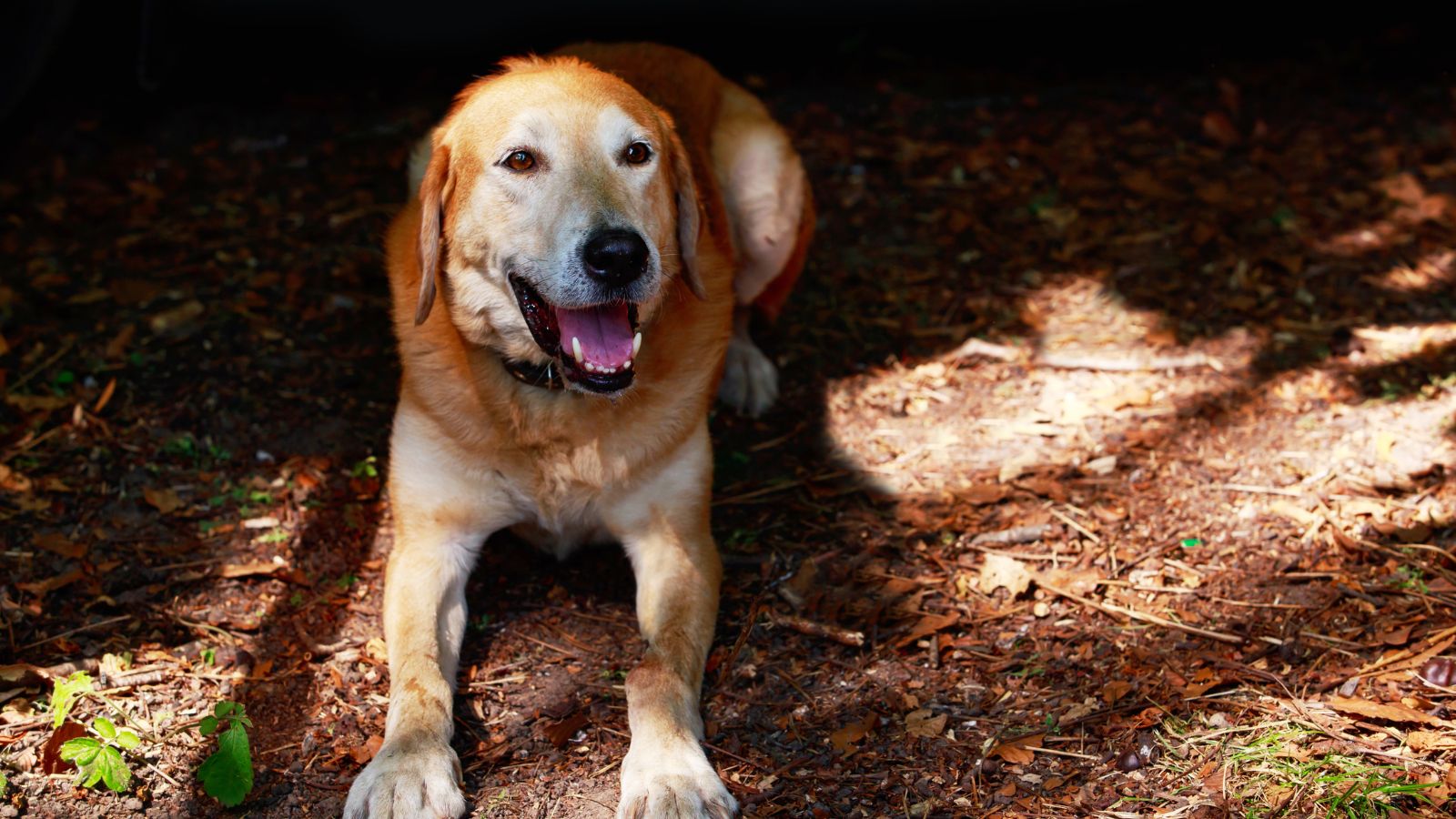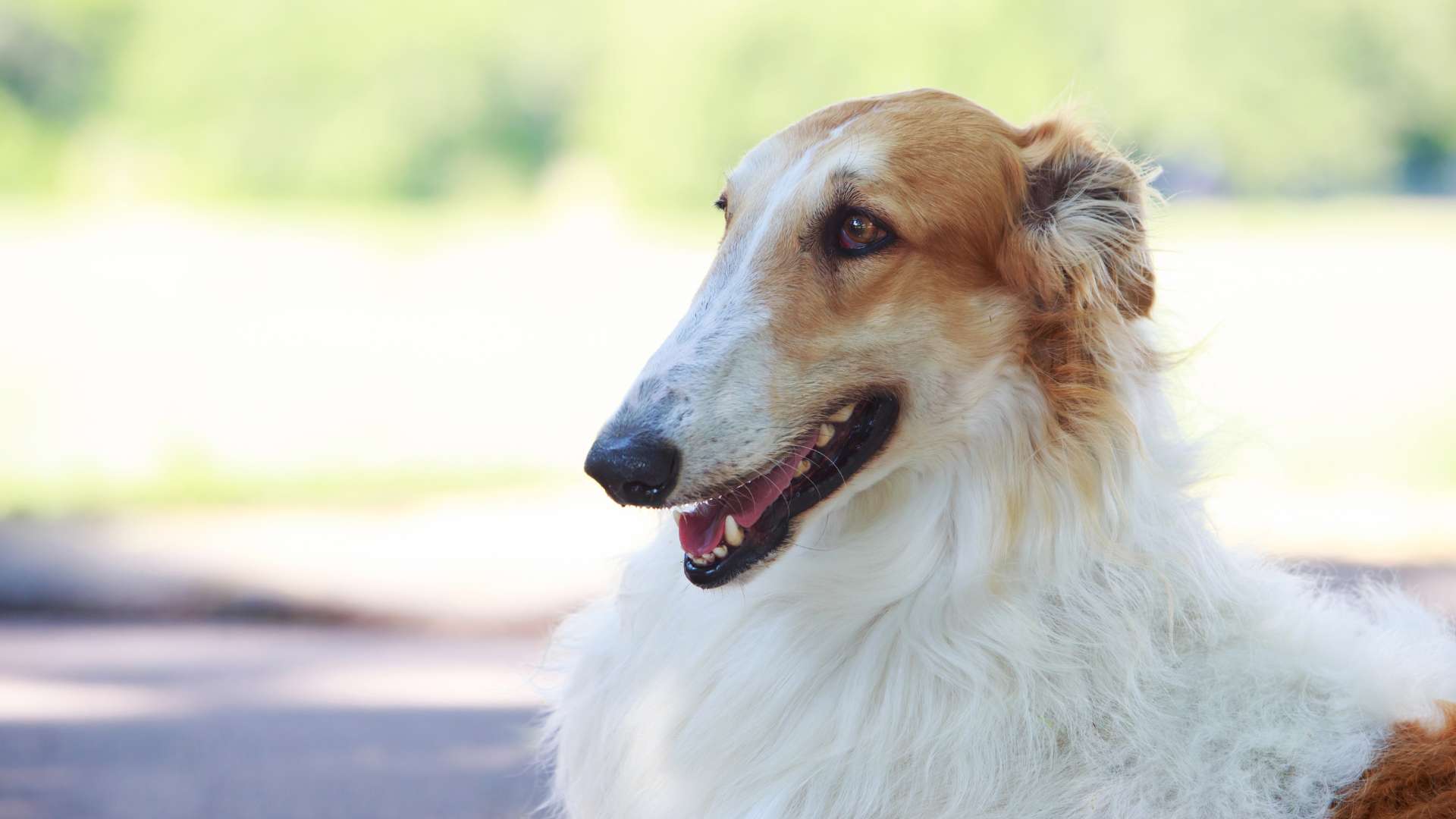When it comes to large dog breeds, Russia’s got a formidable lineup. With their imposing stature and diverse traits, these canines are a testament to the country’s rich canine heritage. From guarding homes to assisting in hunting, they’ve played crucial roles throughout history.
Yet, there’s more to these large Russian breeds than their size and strength. Each breed boasts a unique personality and set of characteristics that make them truly special. Whether you’re a dog lover or a potential pet owner looking to learn more, we’ll delve into the fascinating world of large Russian dog breeds.
 Large Russian Dog Breeds
Large Russian Dog Breeds
In the realm of large, robust dogs, Russian breeds stand out for their unique attributes. Each dog breed boasts a distinctive blend of size, strength, and persona. In this section, we delve into the particulars of some well-recognized large Russian breeds.
Russian Black Terrier
Hailing from Russia’s expansive landscapes, the Russian Black Terrier emanates strength and vigour. It’s a robust breed that can grow up to 30 inches in height and tip the scales at around 130 pounds. Known for their protective nature, these dogs are adept at safeguarding their territory. Deep-set eyes topped with bushy eyebrows give this breed a signature look.
A breed with an elegant build, the Borzoi radiates grace coupled with athleticism. These dogs sport a silky coat, which comes in various colours. Often exceeding 28 inches in height, Borzois possess a length of body that’s distinctly more than their height. Historically, they’ve served as hunting dogs for Russian nobility, demonstrating their agility and speed.
 History and Origin of Russian Breeds
History and Origin of Russian Breeds
This section delves into the deep-rooted history and pioneering developments of the large Russian dog breeds. It presents a comprehensive account of the lineage and transformative processes that forged these breeds.
Ancient Lineages
The origination of large Russian dog breeds traces back to ancient times. Historically, these breeds came into being to accommodate Russia’s challenging climate and diverse tasks. The Caucasian Shepherd Dog, often compared to a bear for its size and hardiness, boasts an ancient lineage harking back to Caucasian mountain-dwelling canine breeds.
Similarly, the Russian Black Terrier, another distinct breed, isn’t as old but its formation uniquely intertwines with Russia’s history. Moulded for their protective traits, these dogs began their journey in the 20th century at the state-owned Red Star kennel. They originated through selective cross-breeding of multiple large breeds, culminating in a robust, watchful dog breed.
Modern times witnessed the large Russian dogs’ significant transformations. They’ve evolved not just in physical attributes, but also in their roles in human society. One such breed, the Borzoi, transitioned from a hunting dog to a show dog. Known for their elegance and agility, Borzois were once employed for catching hares and wolves but today, they grace dog shows worldwide, valued for their aesthetic grace.
 Features of Large Russian Dog Breeds
Features of Large Russian Dog Breeds
The breeds of large Russian dogs exhibit compelling features shaped by their cultural and geographic history. Some common attributes categorise these diverse breeds, but each breed exhibits unique characteristics. The following discussions will illuminate the physical attributes and behavioural traits of these esteemed canines.
Physical Characteristics
Generally, large Russian dog breeds display a certain level of physical hardiness adapted from their ancient lineages. For instance, the Caucasian Shepherd Dog, a breed known for its protective nature, boasts an impressively robust build, typically weighing anywhere between 99 to 170 pounds. Simultaneously, the Borzoi, a breed that transitioned from hunting to show dog, is leaner and more athletic, typically standing 26 to 28 inches tall.
While the physical size and weight of these breeds vary, their common features include thick coats that protect them from harsh climatic conditions. For example, Samoyeds, which often serve as family pets, bear a thick double coat, an adaptation to Siberia’s cold climates.
Assessing a breed’s temperament involves looking closely at its behavioural inclinations and typical reactions. Large Russian dog breeds present a variety of temperaments, often shaped by their original roles in Russian society.
